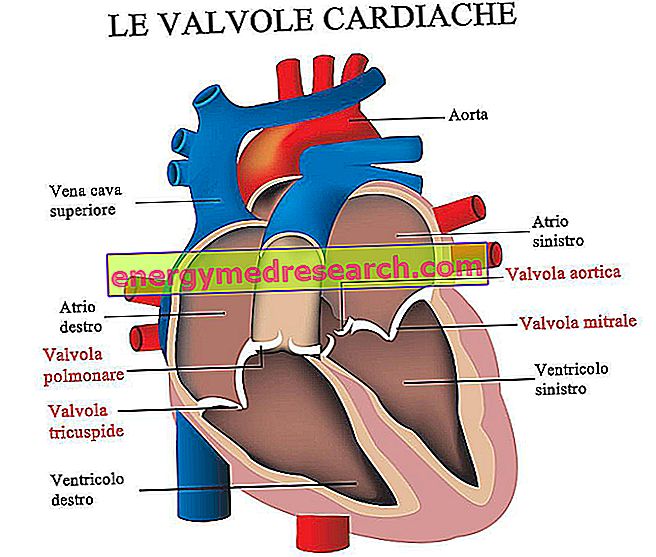
The heart has four valves - the so-called heart valves - which are used to regulate the flow of blood between the atria and the ventricles and between the ventricles and the blood vessels that depart from the ventricles themselves. The correct closure and the correct opening of the valves is fundamental to guarantee the unidirectionality of the blood flow.
Remembering that the heart can be ideally divided into two halves, the tricuspid valve and the pulmonary valve take place in the right half, while the mitral valve and the aortic valve are located in the left half.
More precisely…
The tricuspid valve is located between the right atrium and the right ventricle and is crossed by oxygen-poor blood that has just sprayed the organs and tissues of the body.
The pulmonary valve resides between the right ventricle and the pulmonary artery and deals with regulating the flow of blood directed to the lungs, for the oxygenation of red blood cells.
The mitral valve takes place between the left atrium and the left ventricle and is crossed by the blood leaving the lungs and loaded with oxygen.
Finally, the aortic valve is located between the right ventricle and the aorta and has the fundamental function of making the blood flow towards the arterial system and towards the various organs of the body, for their oxygenation.


